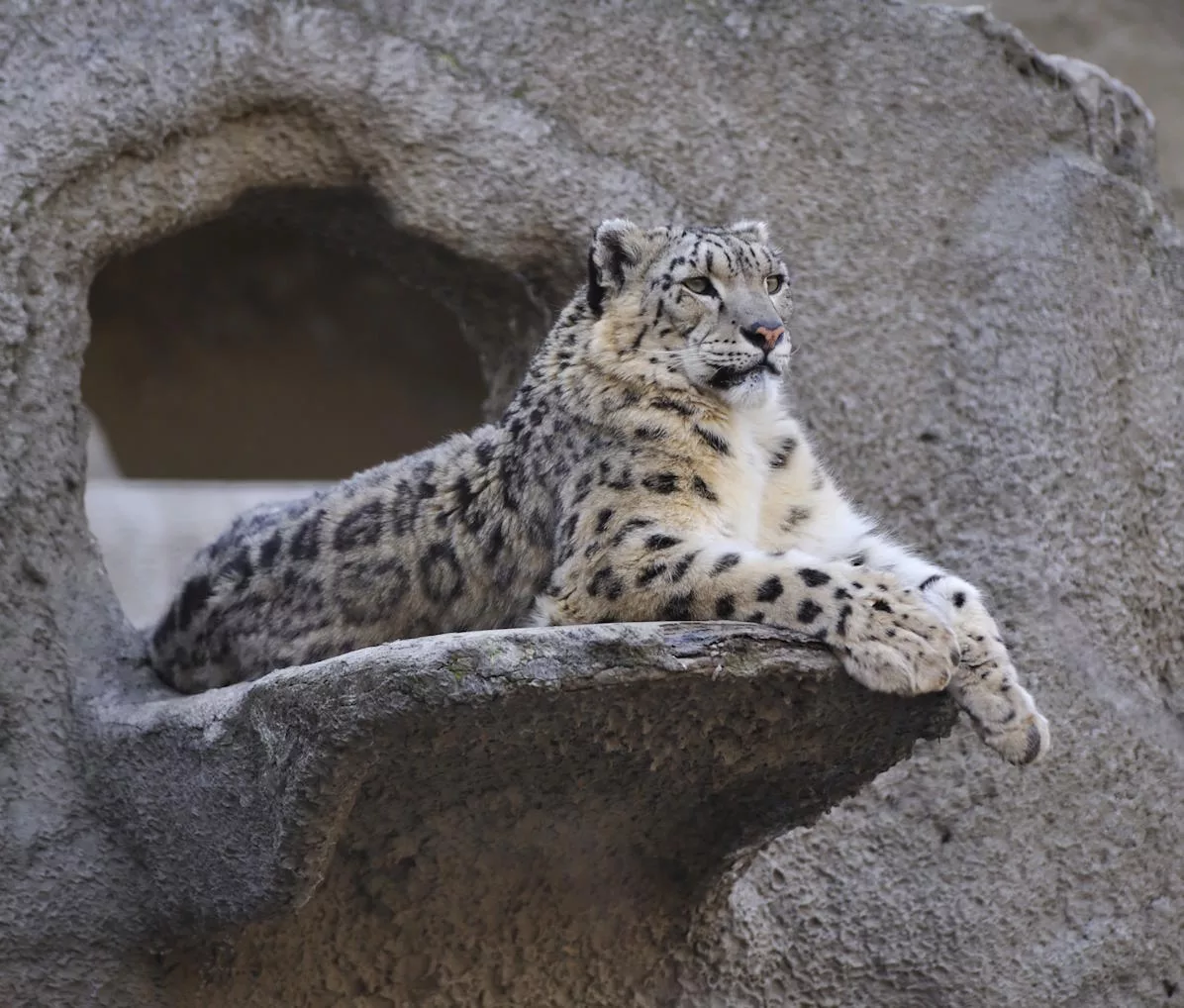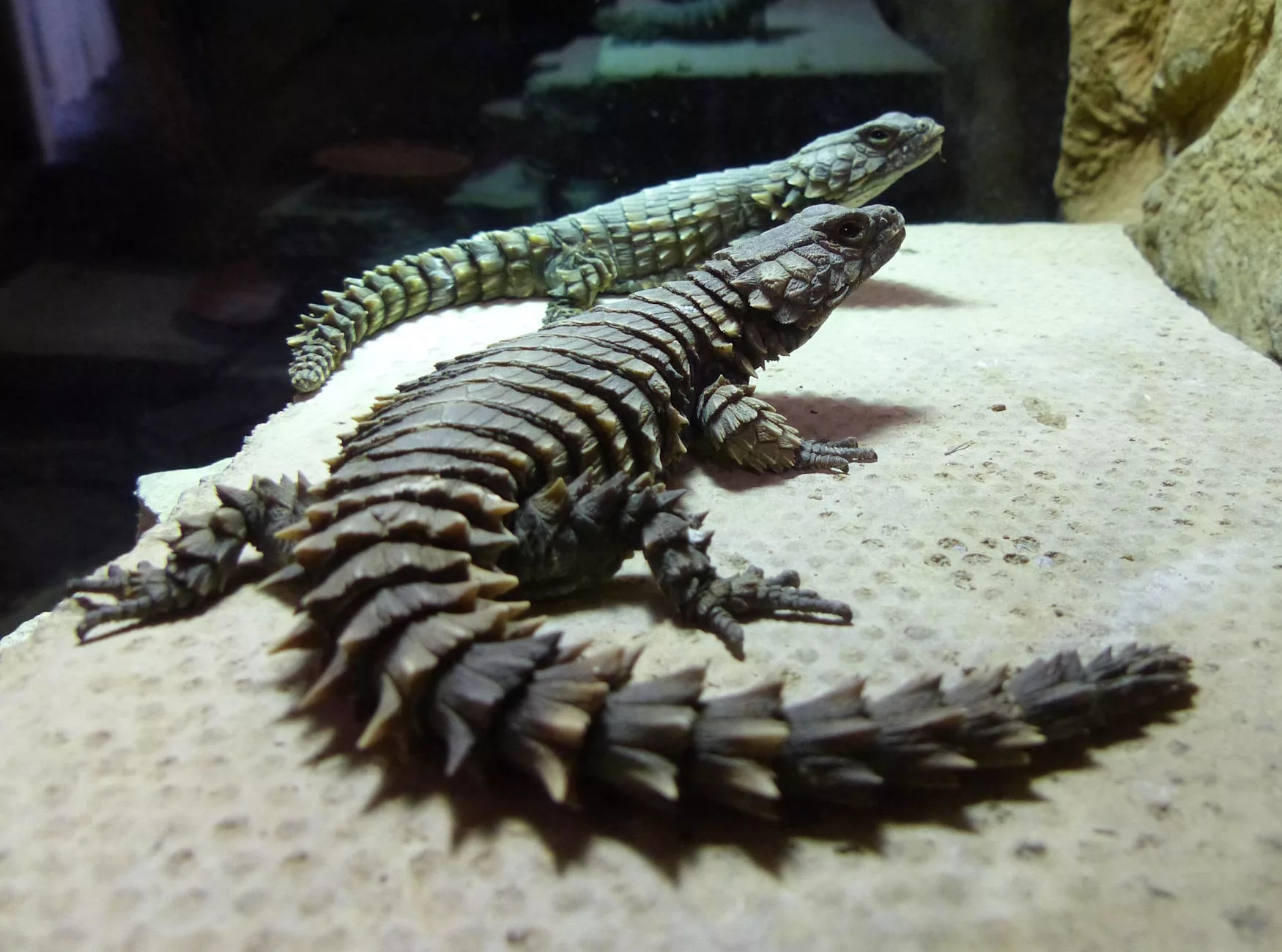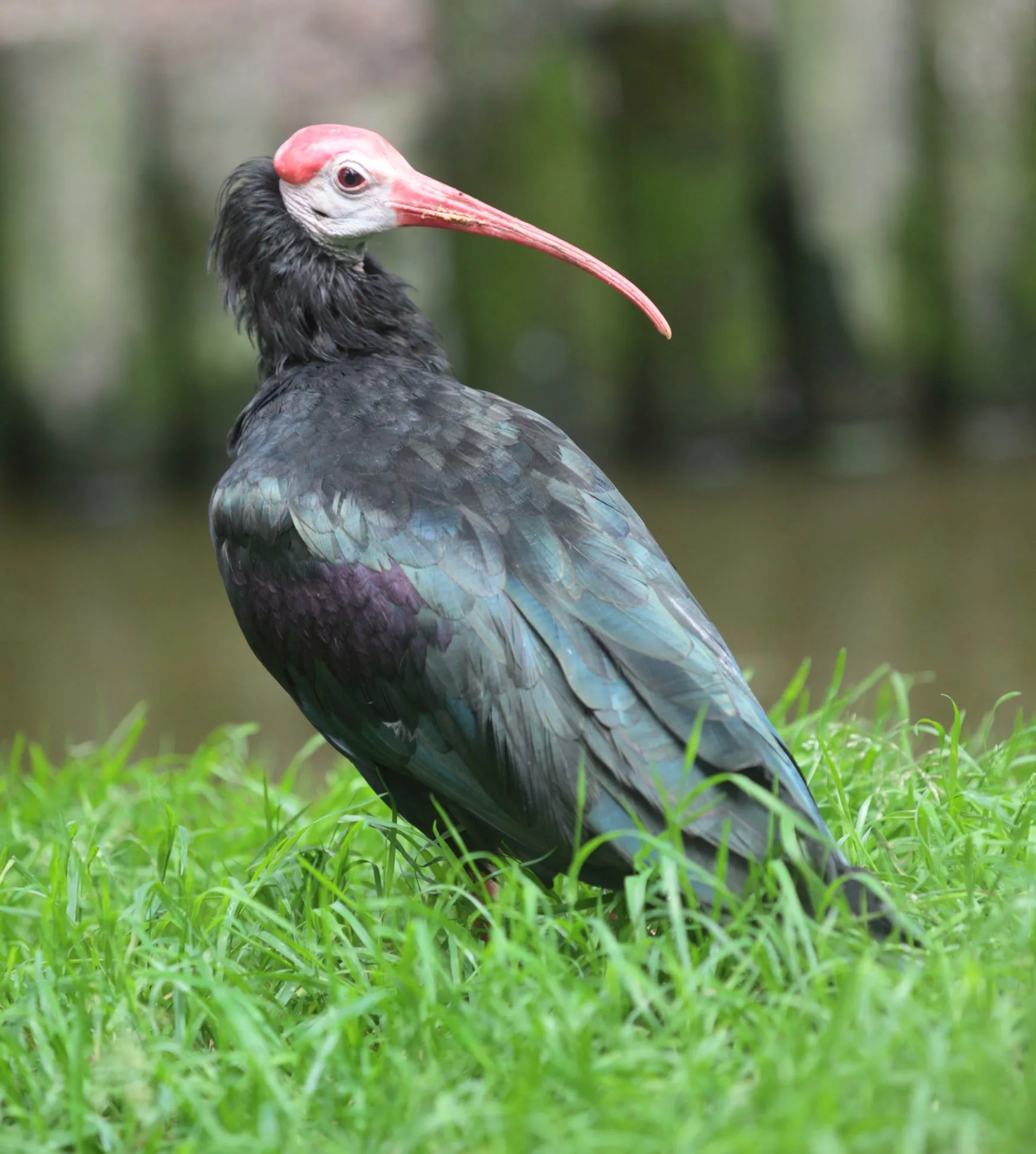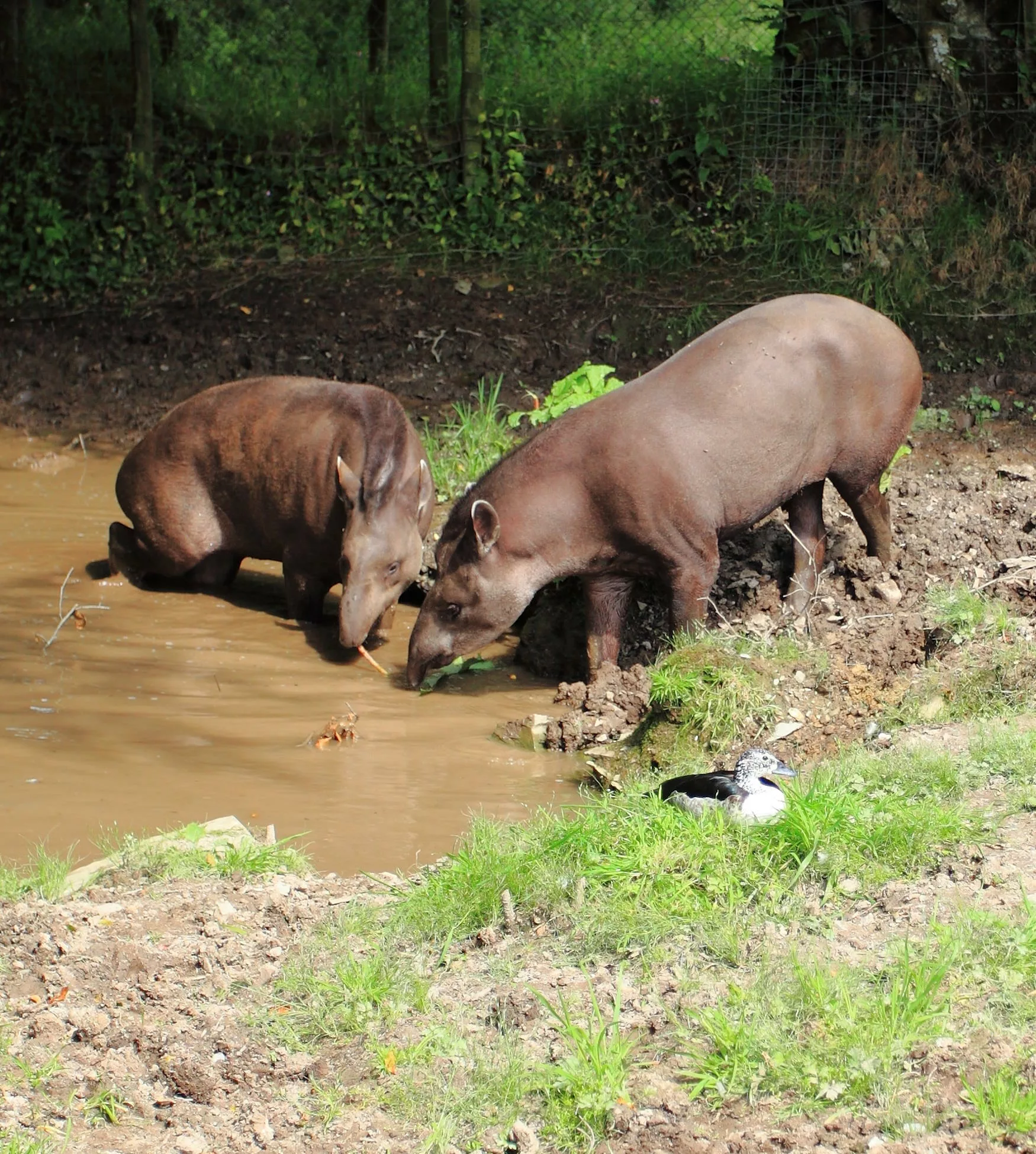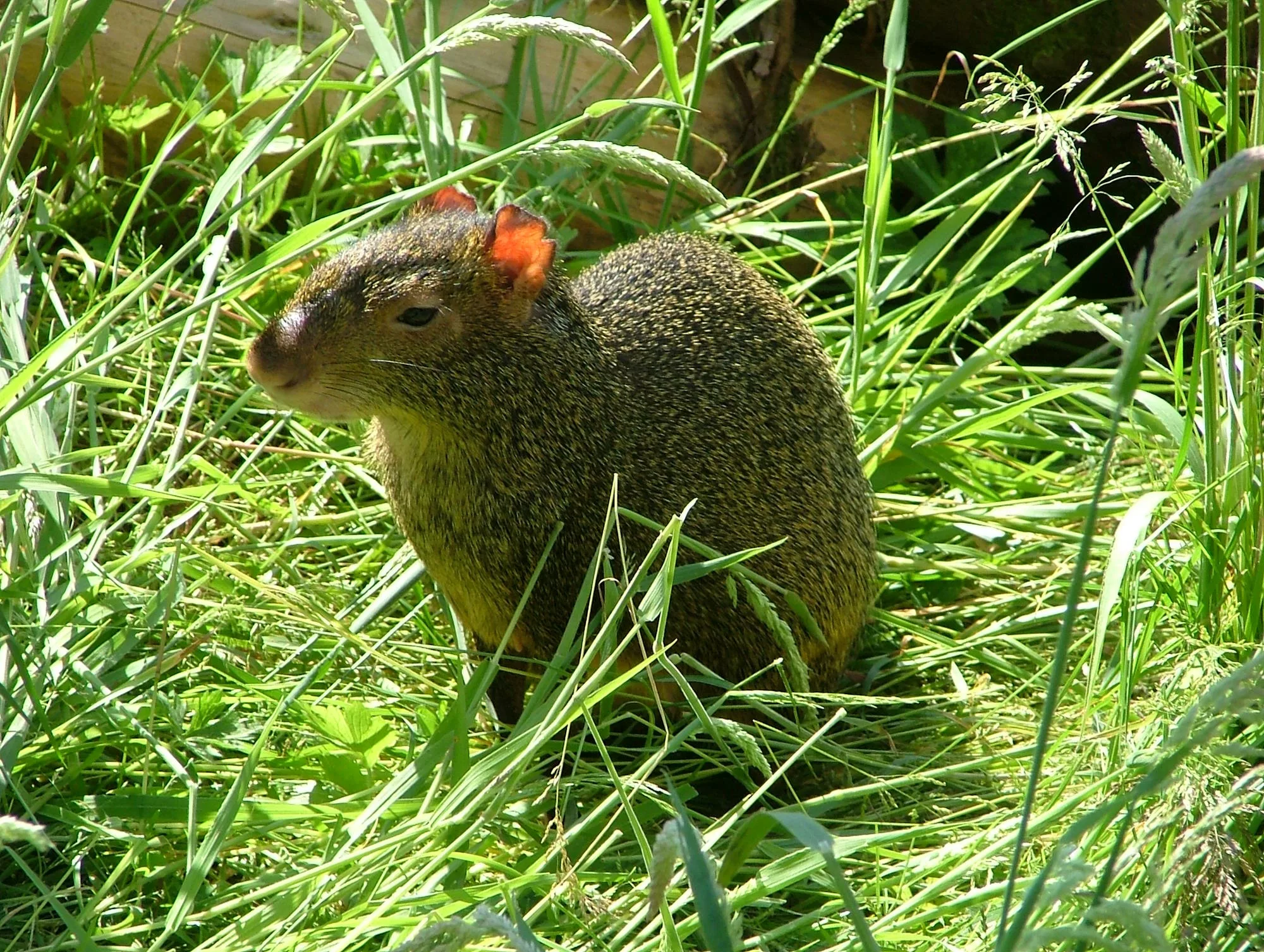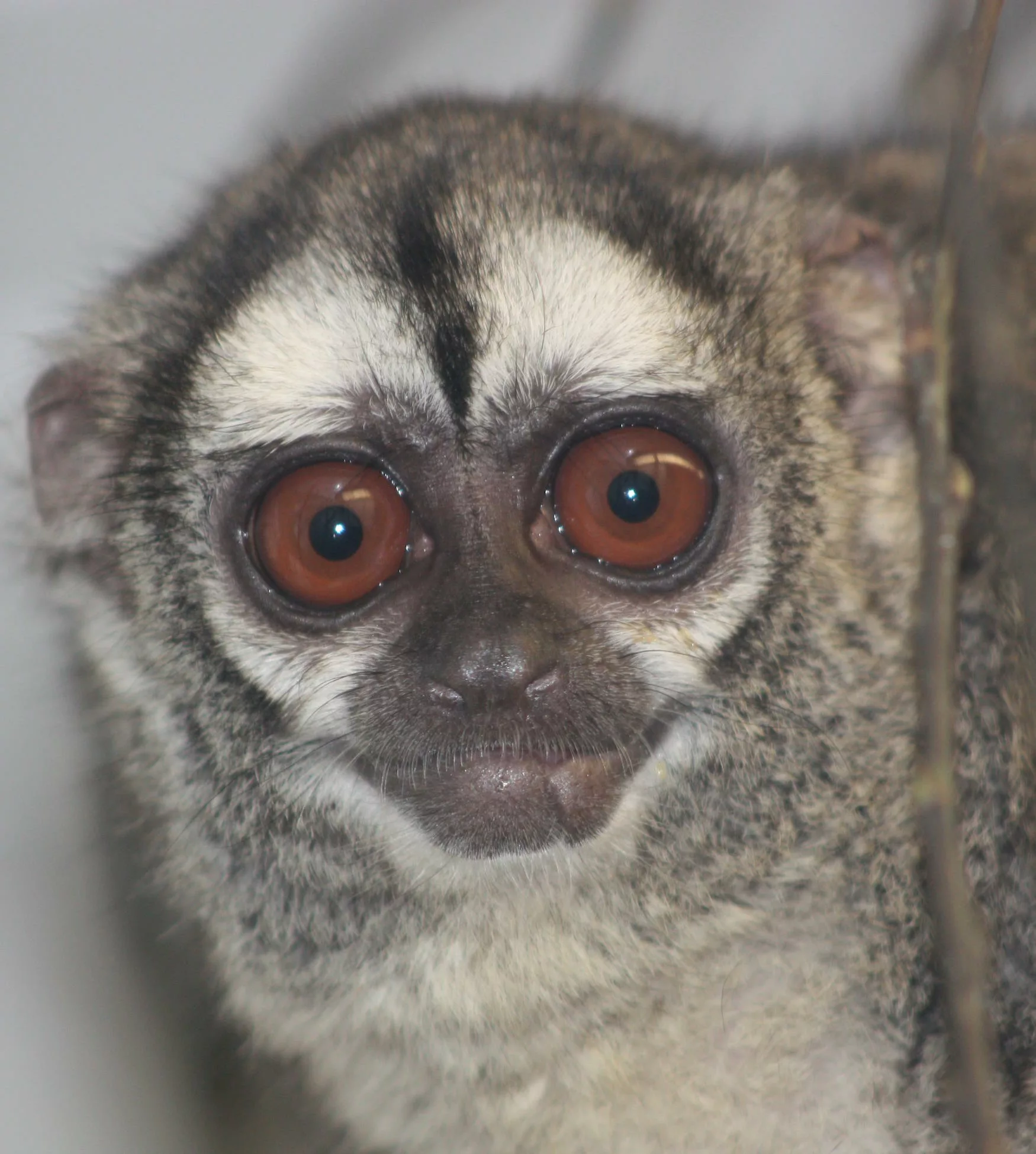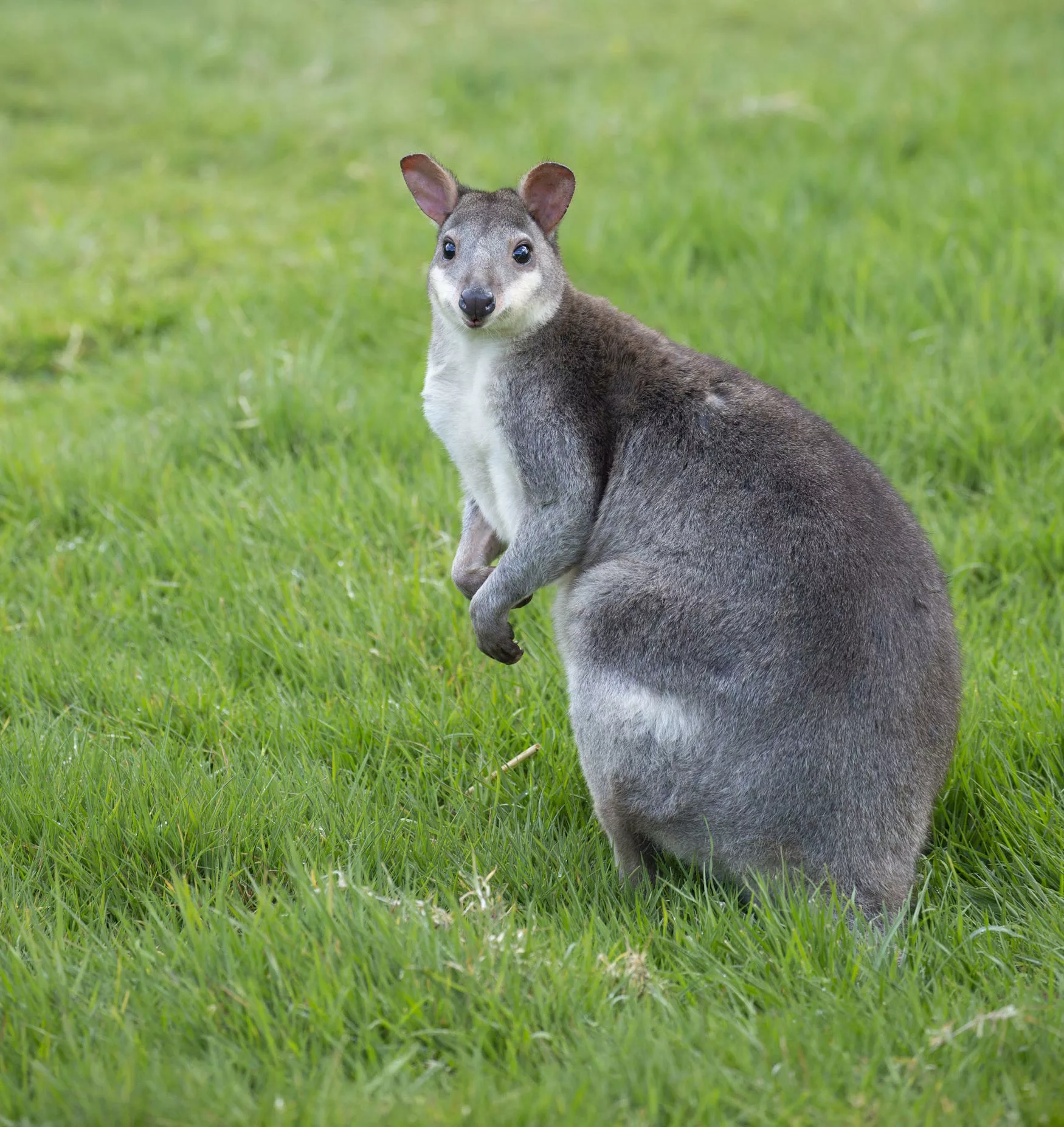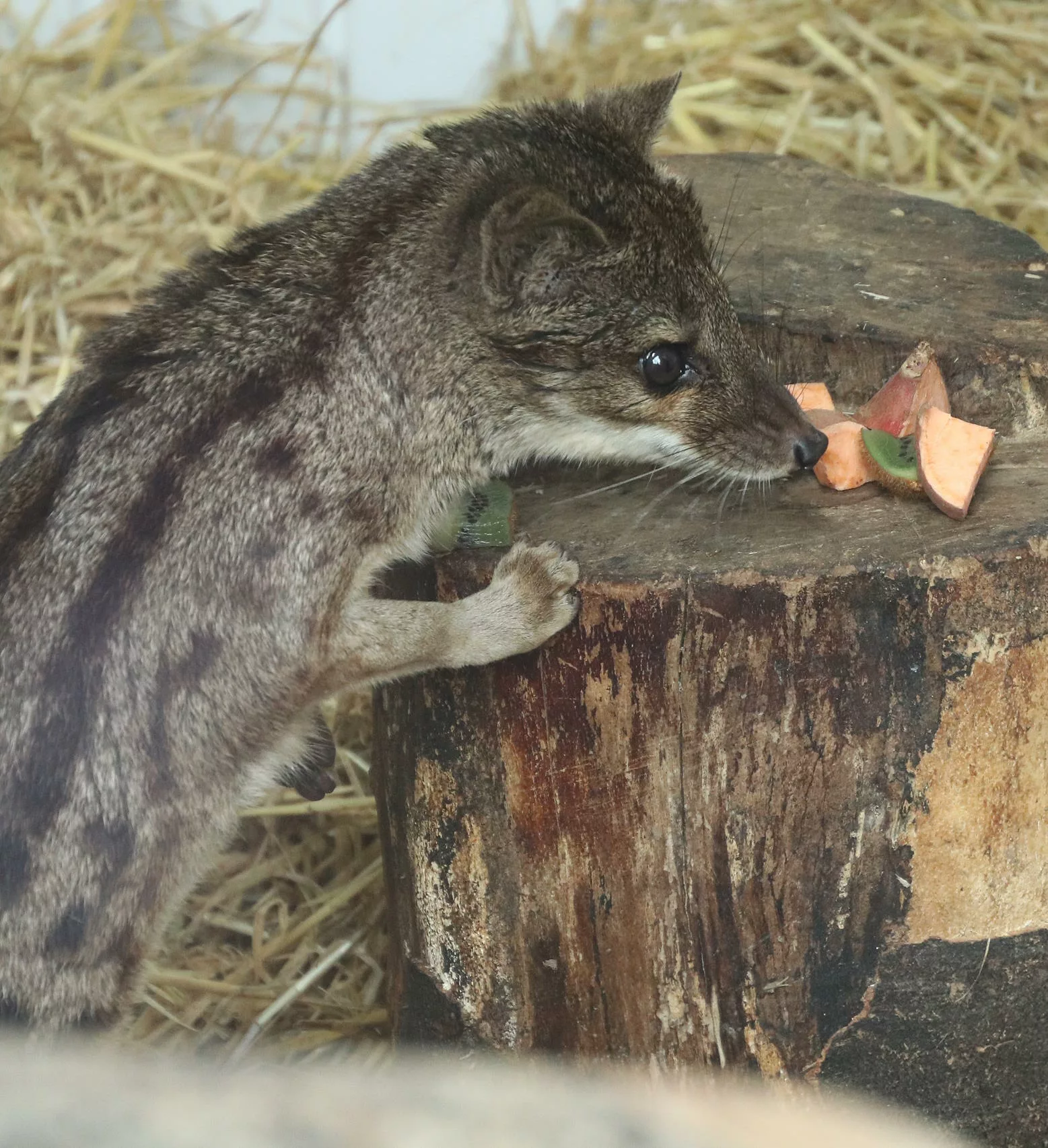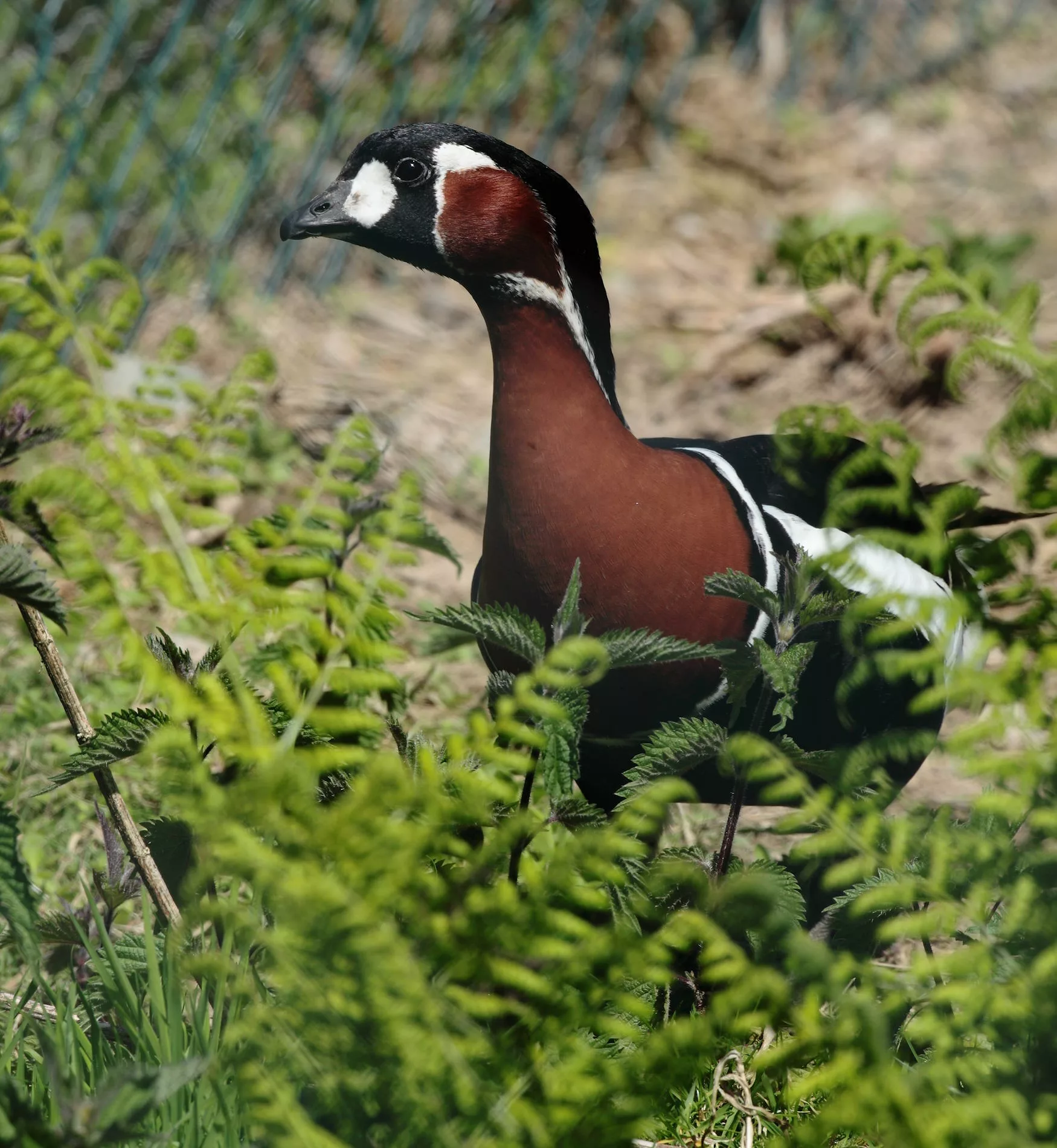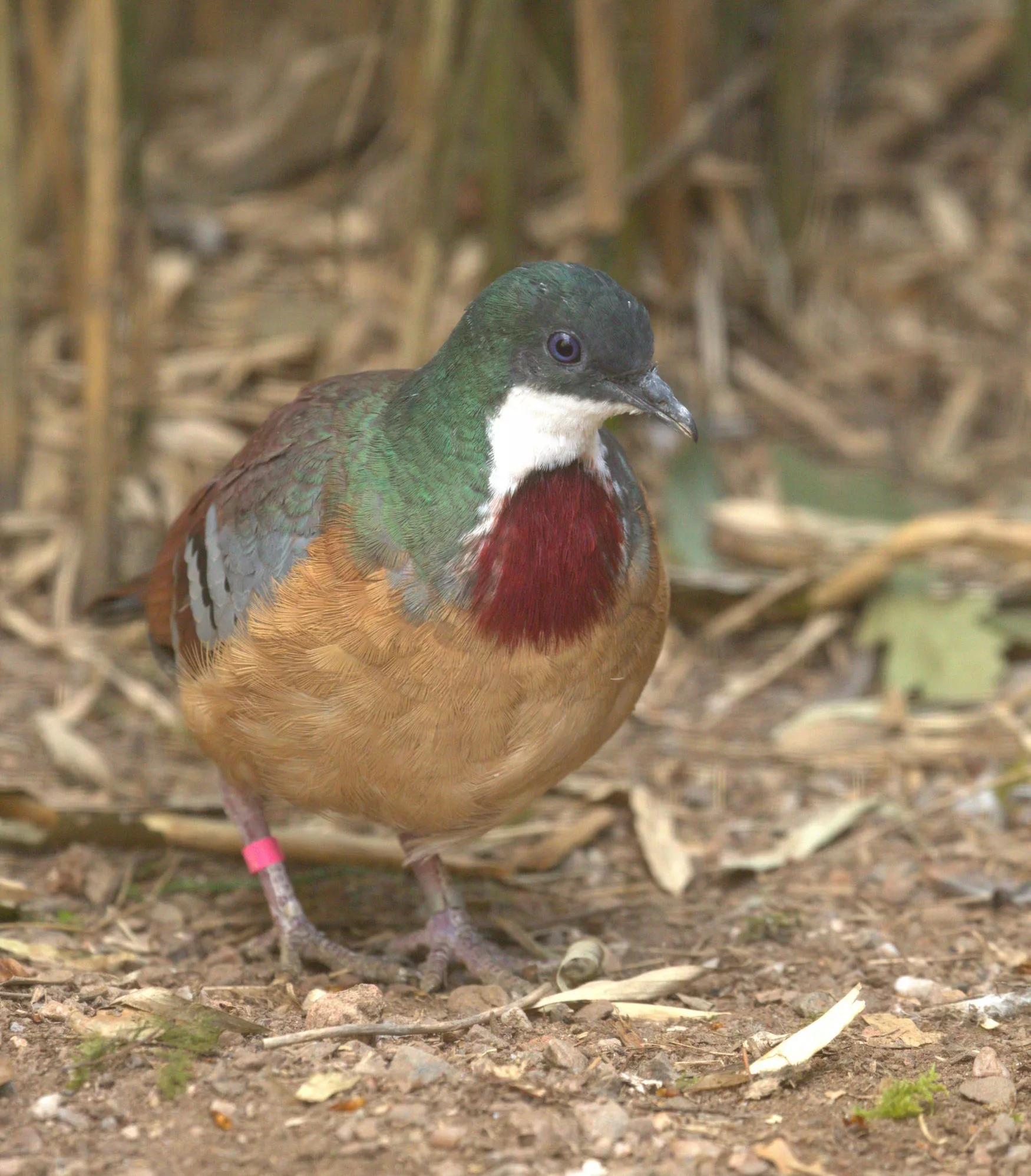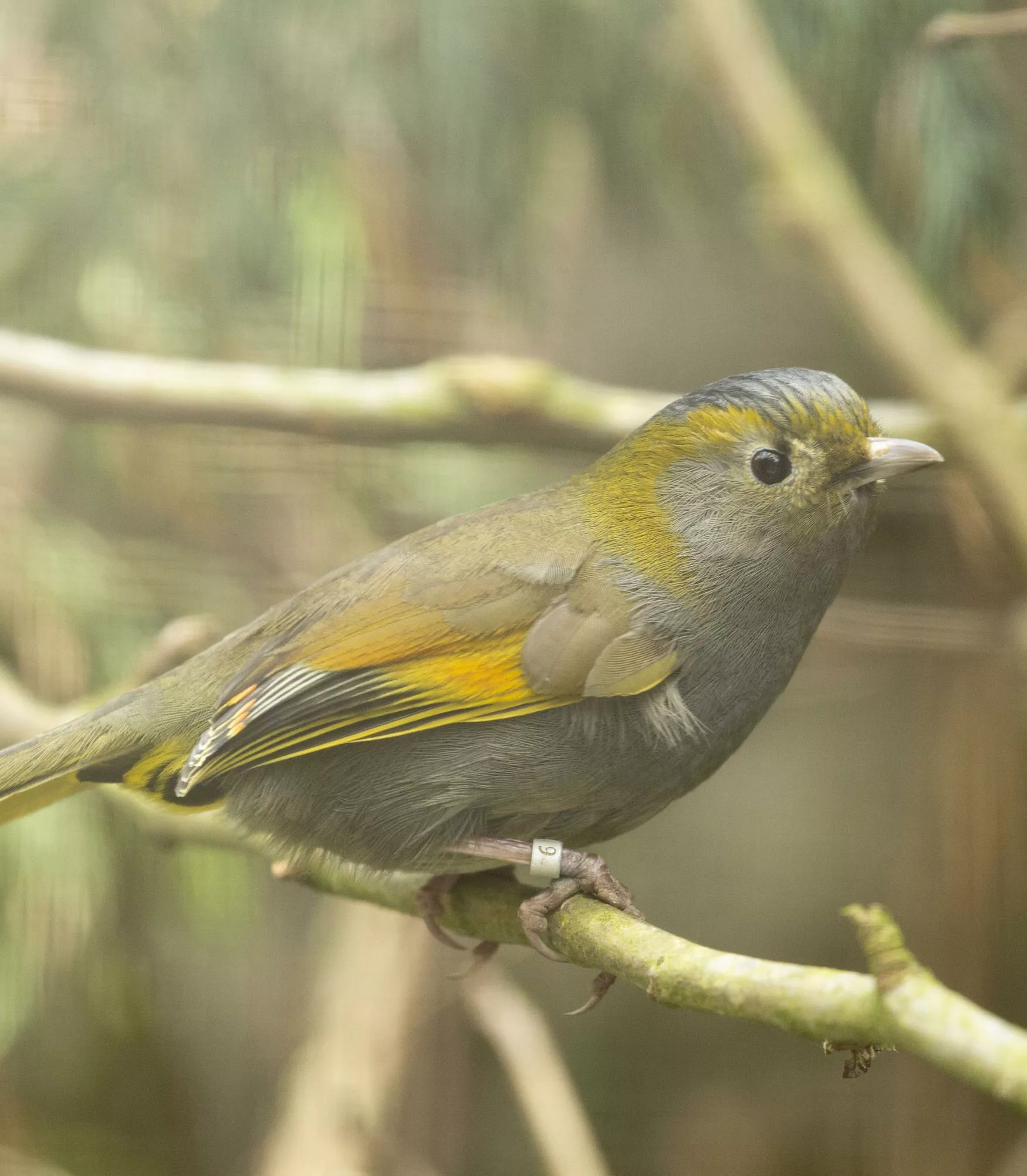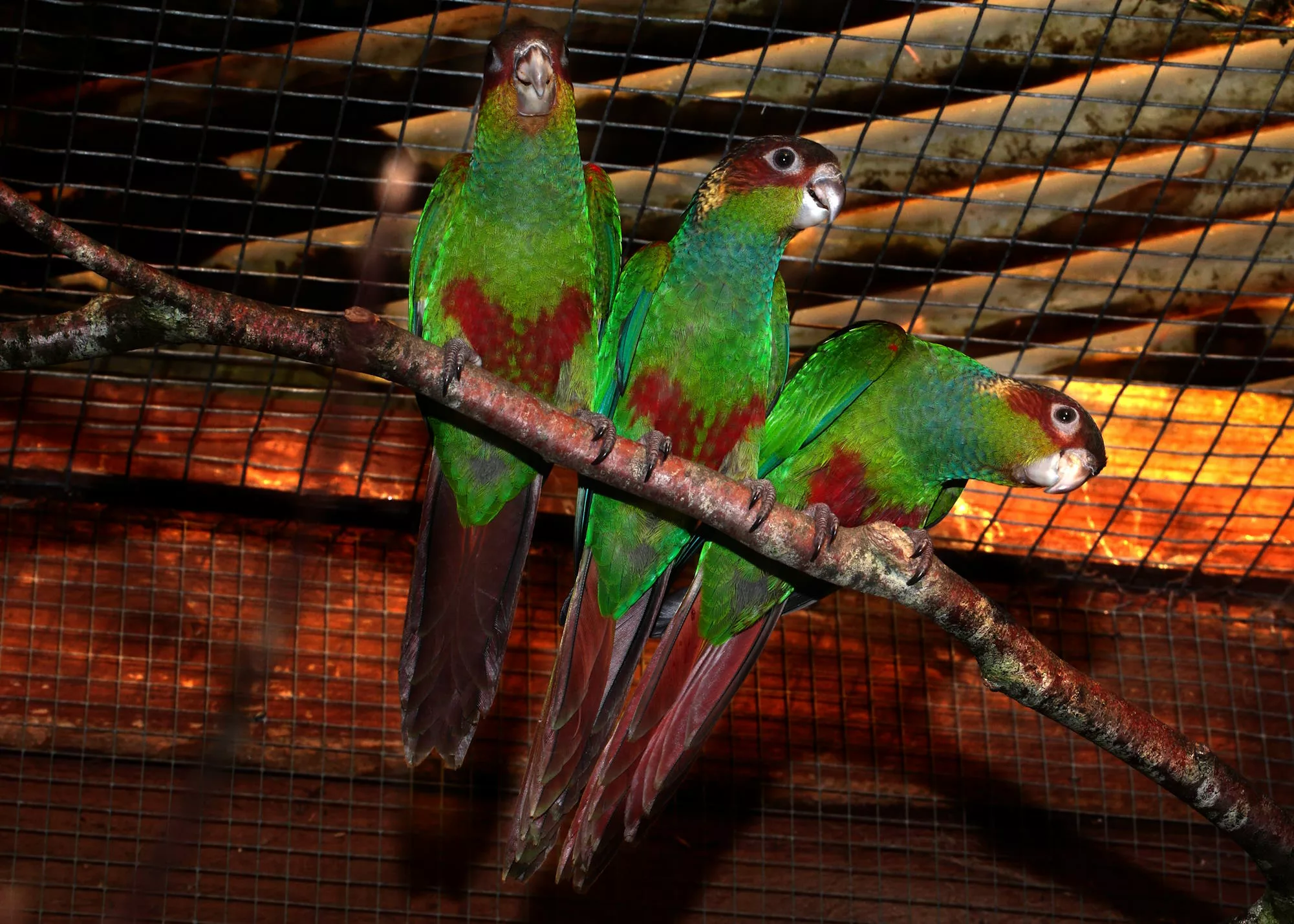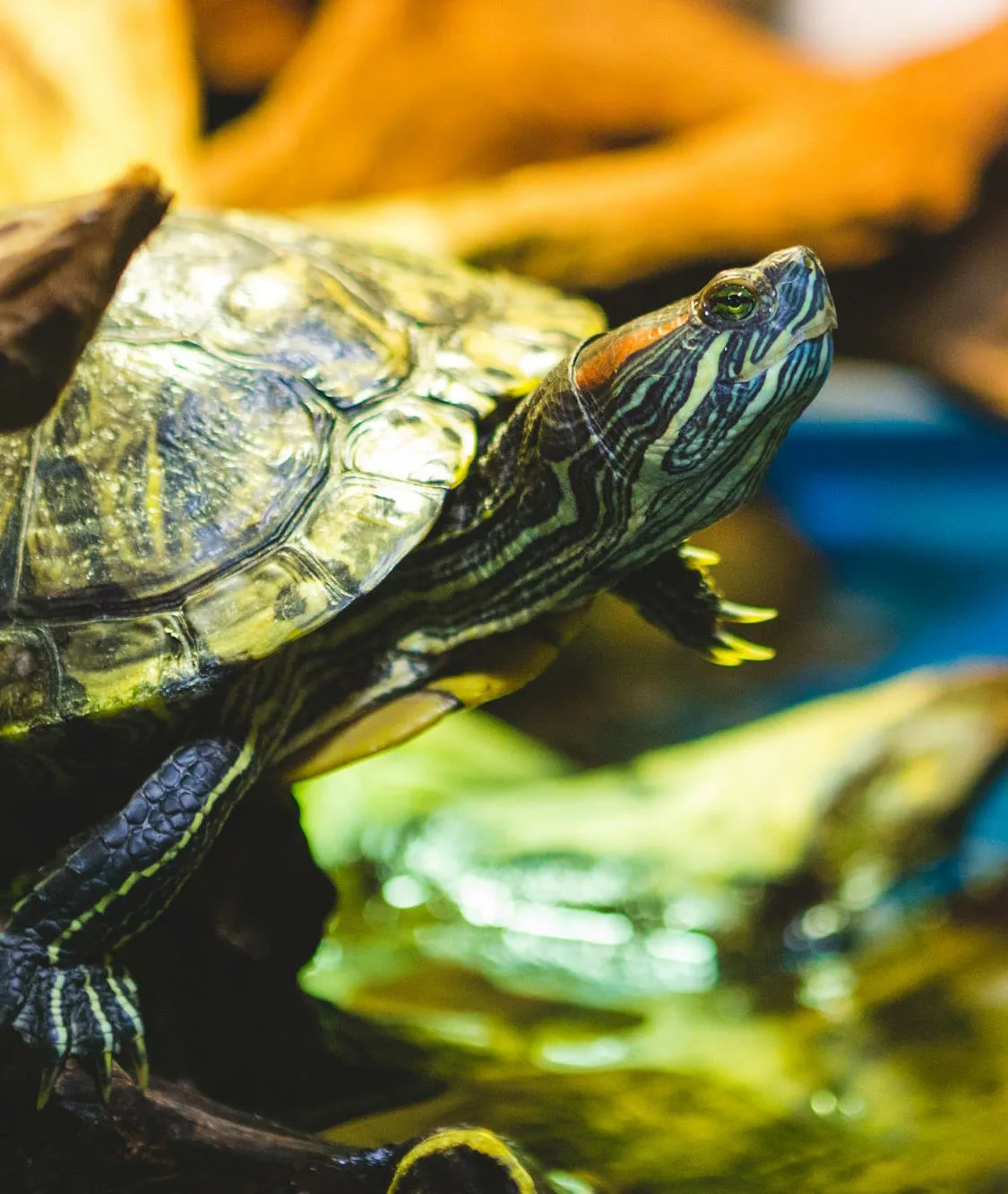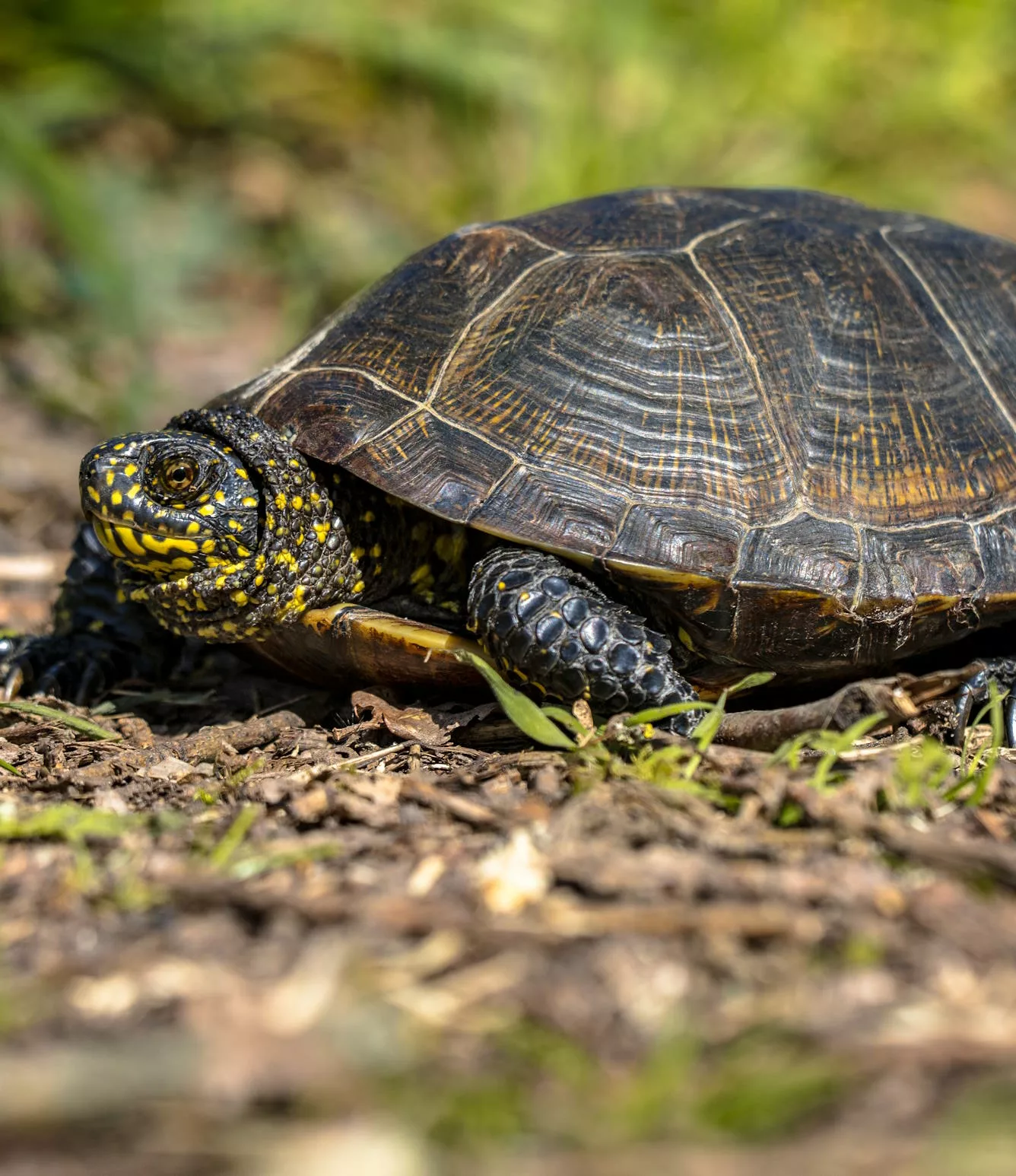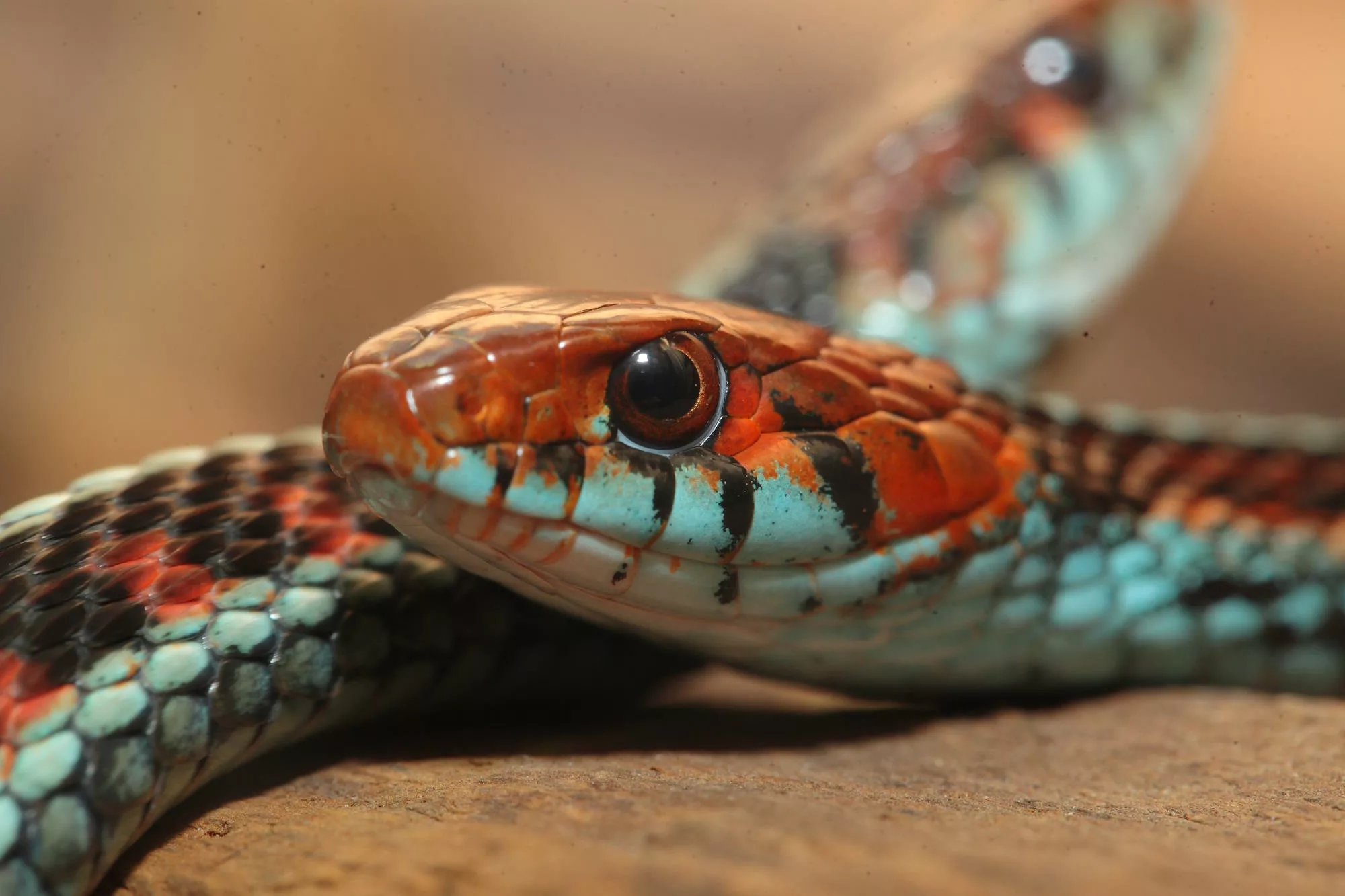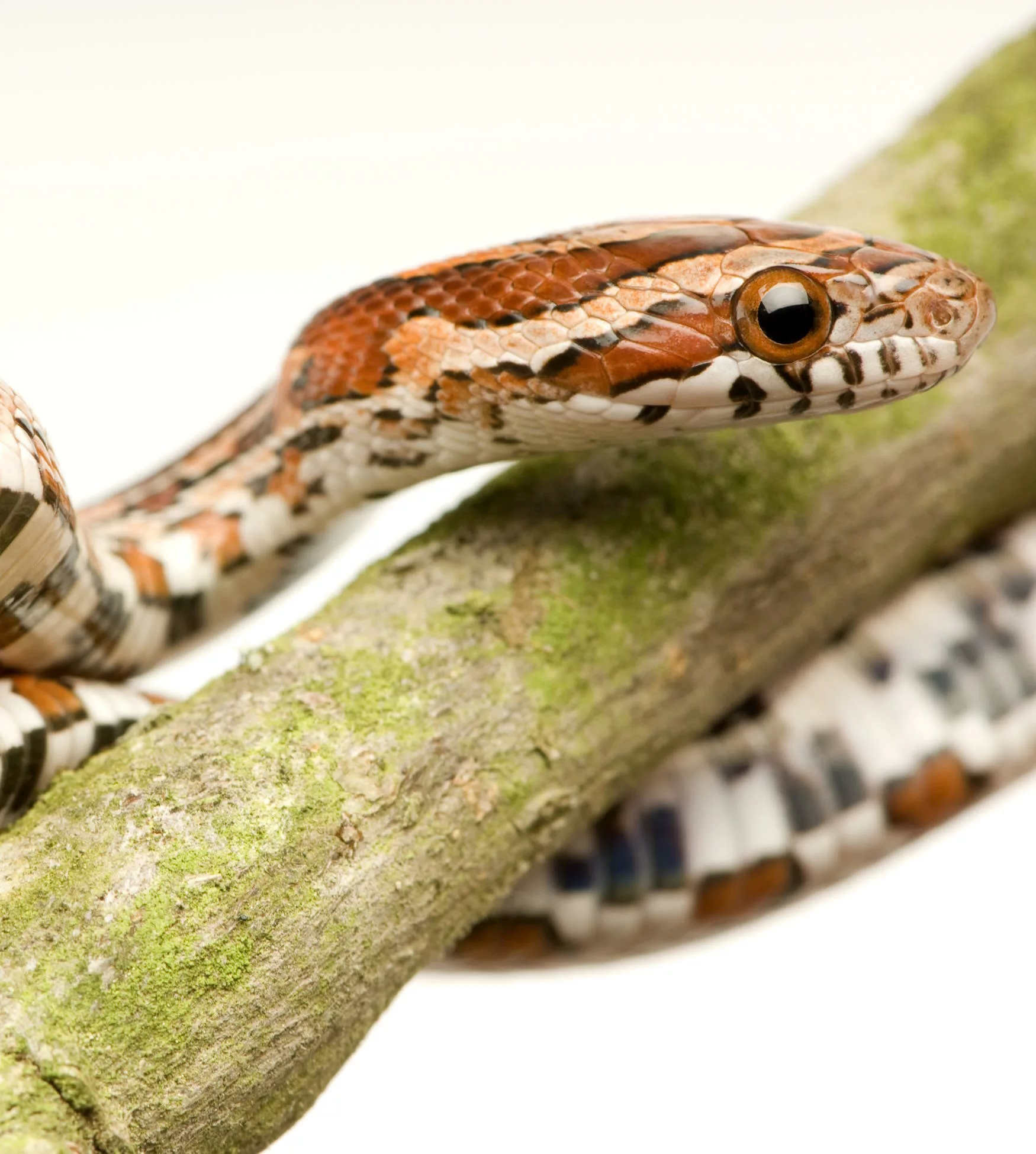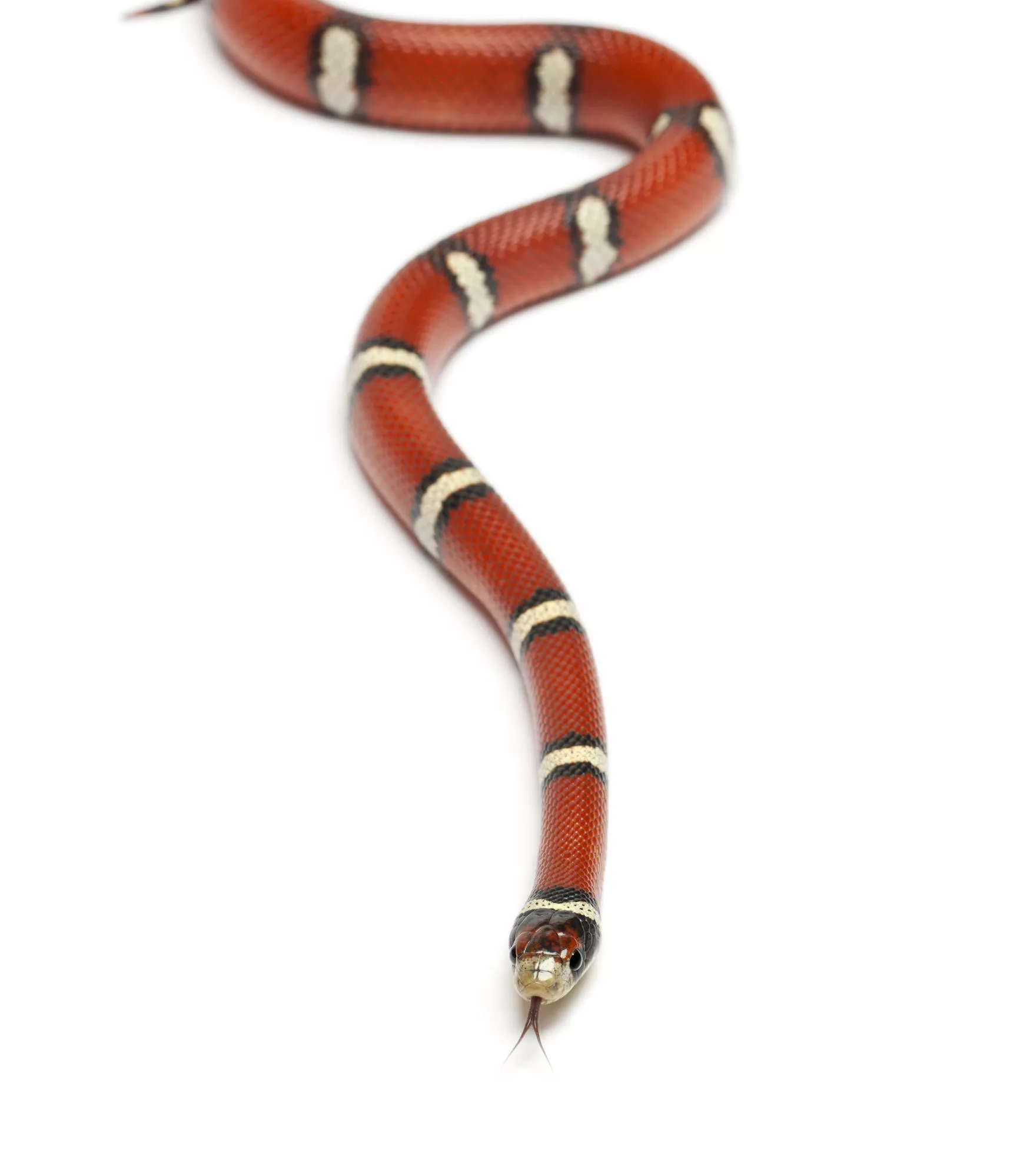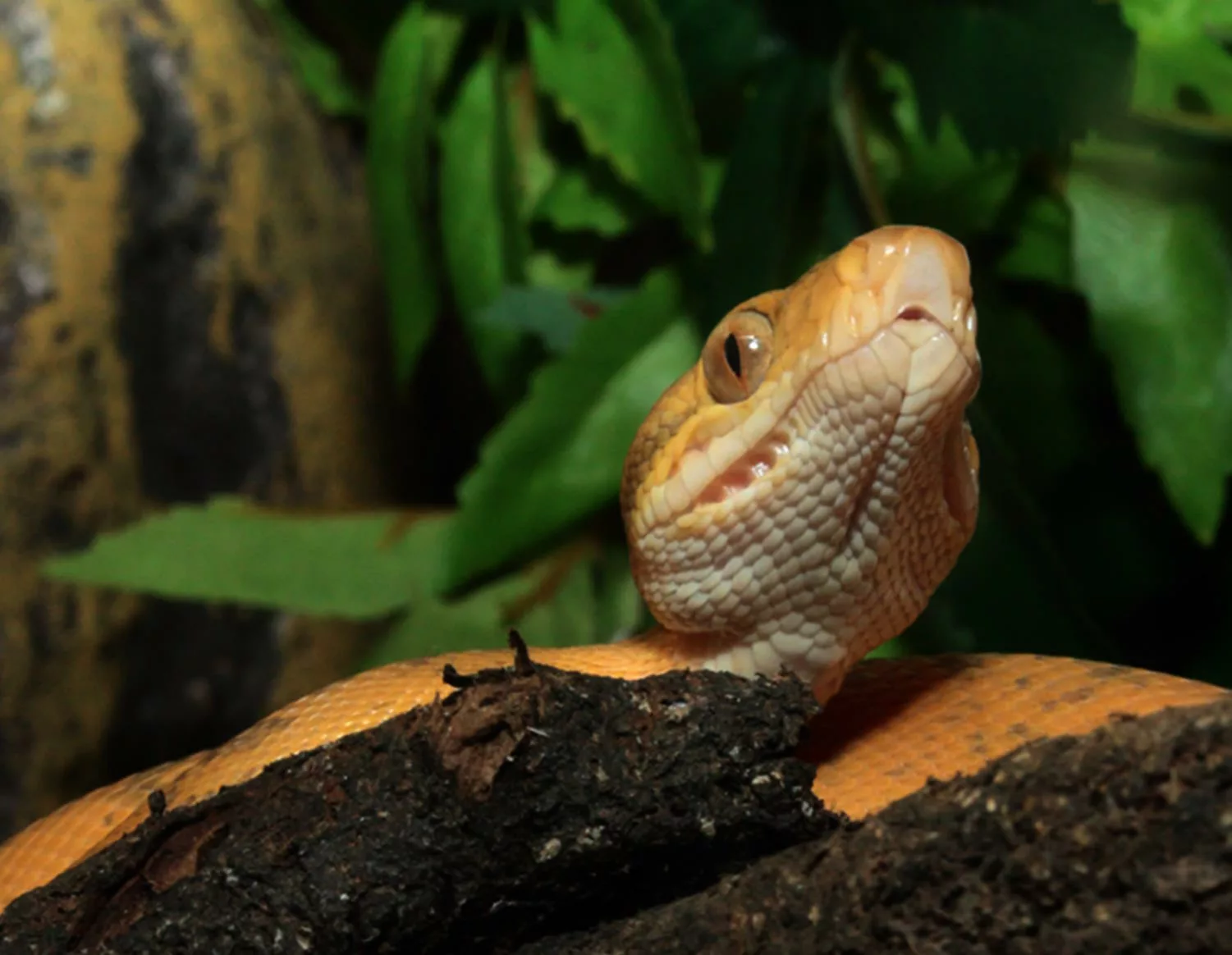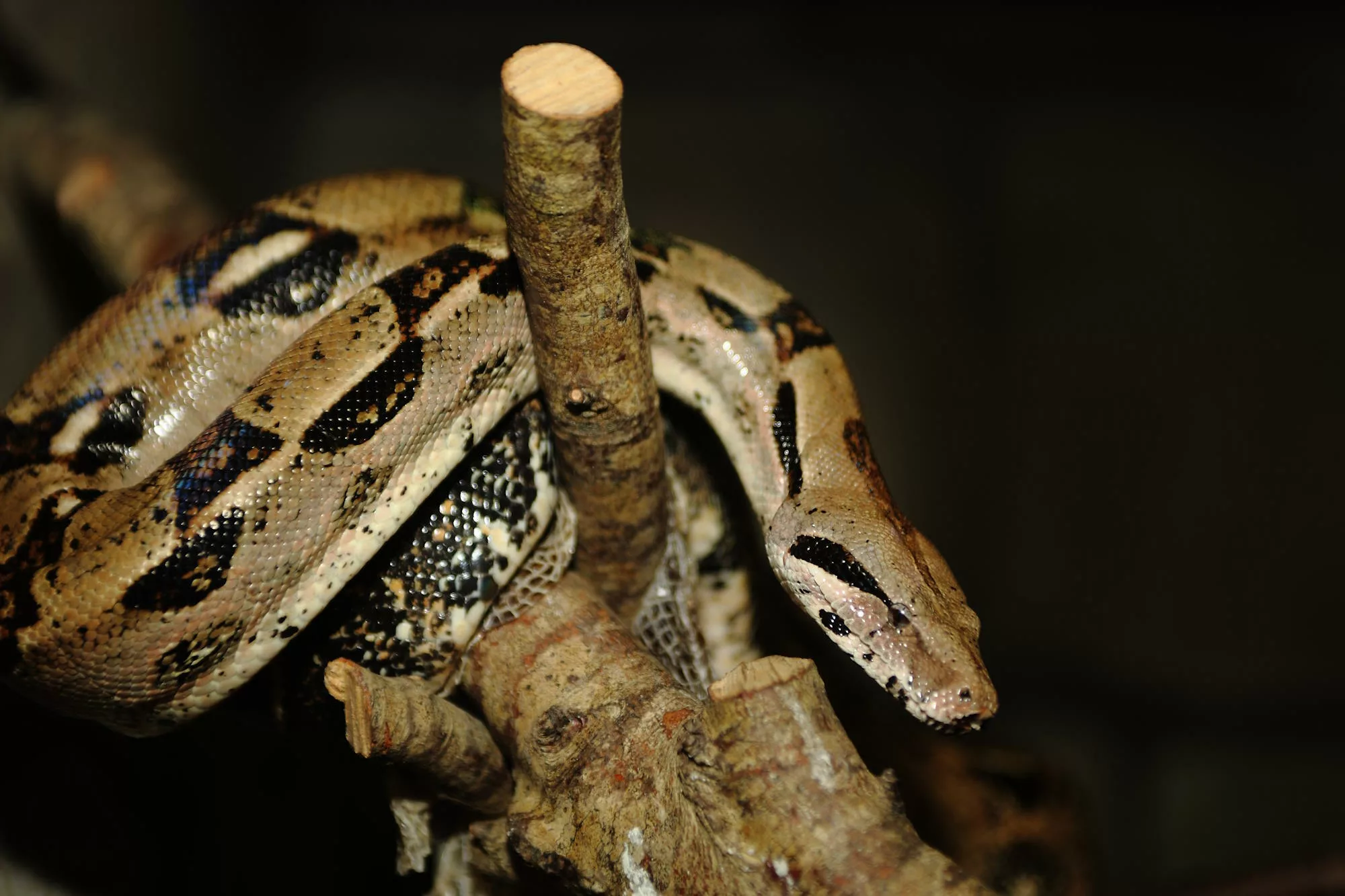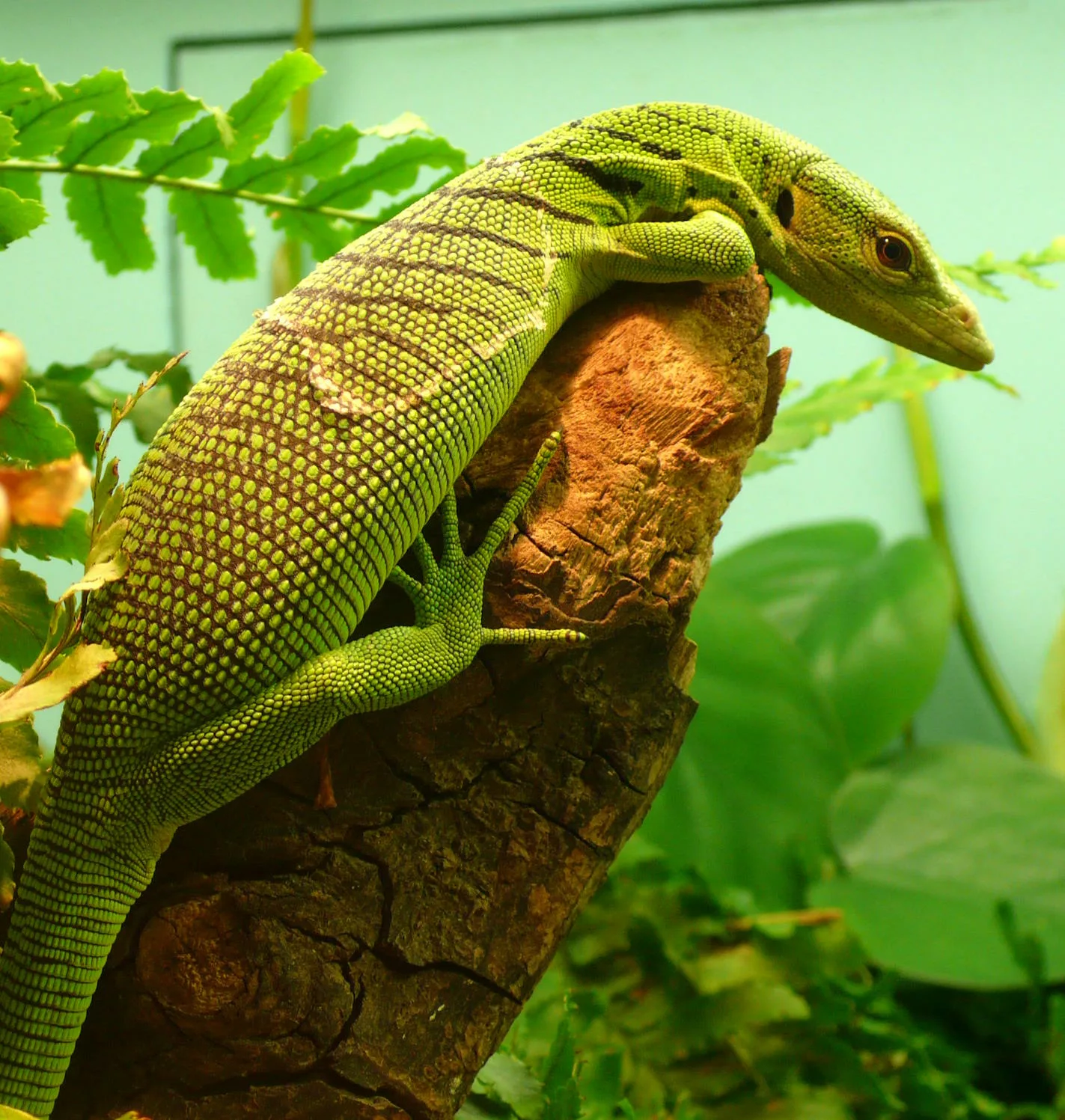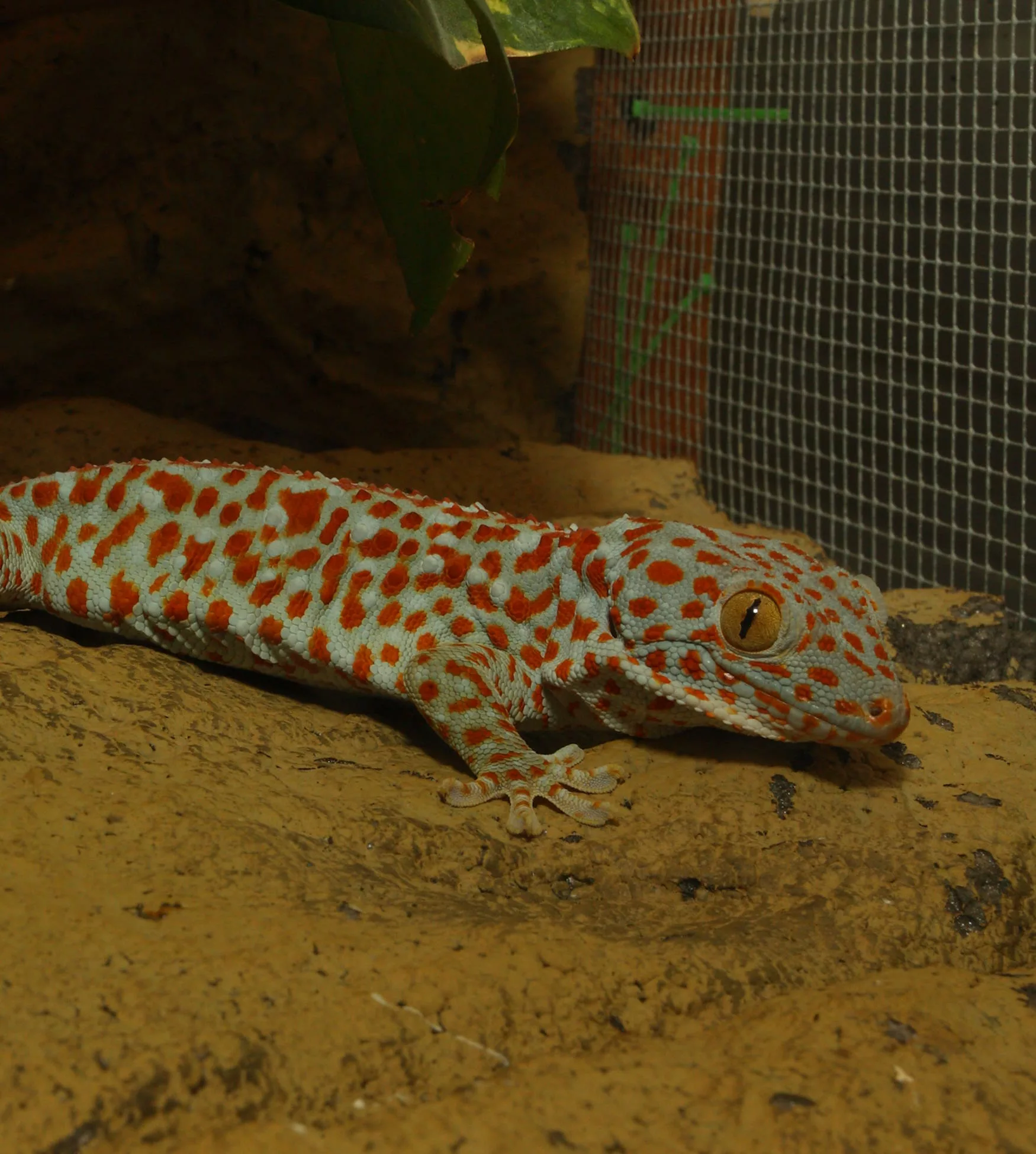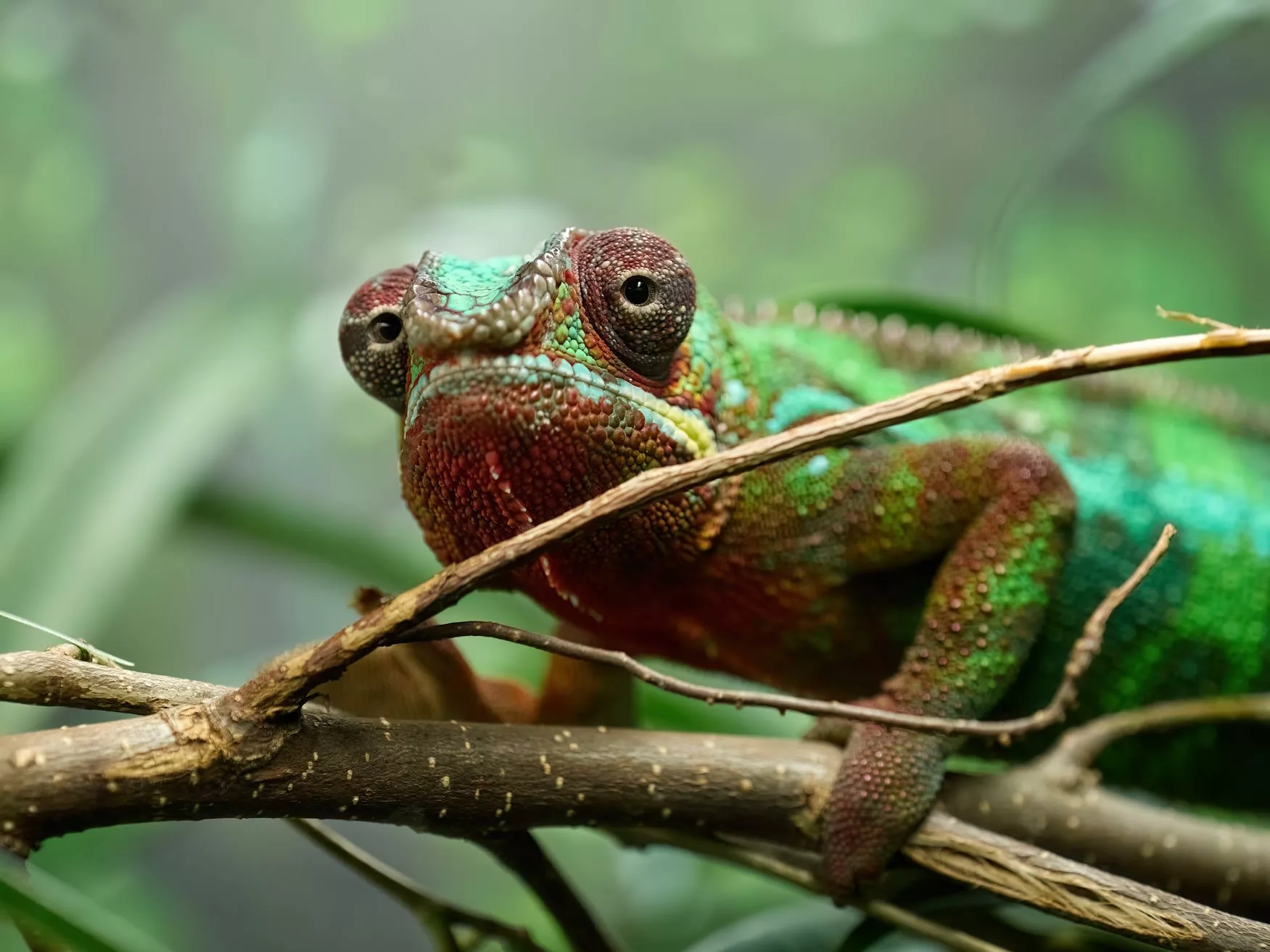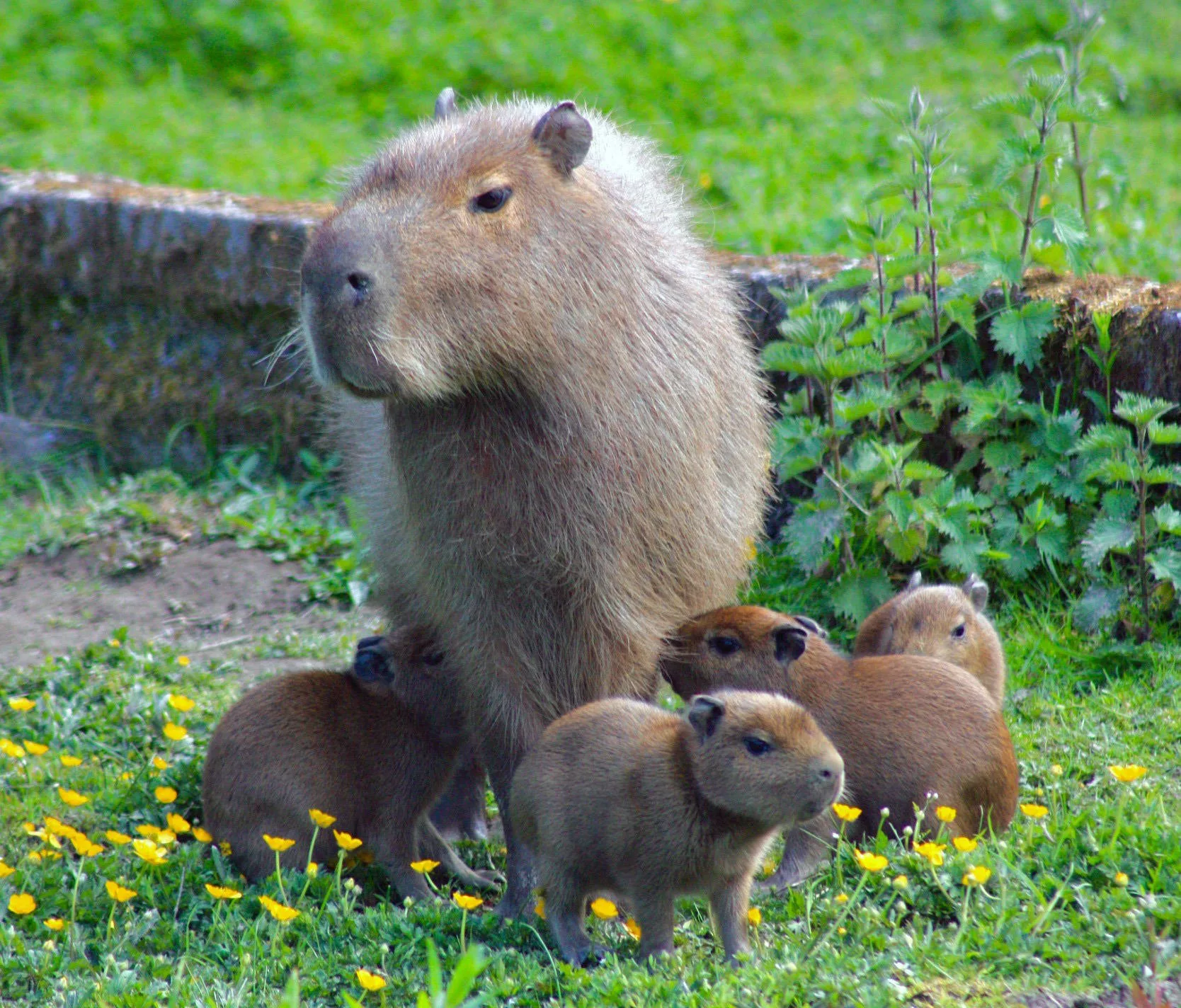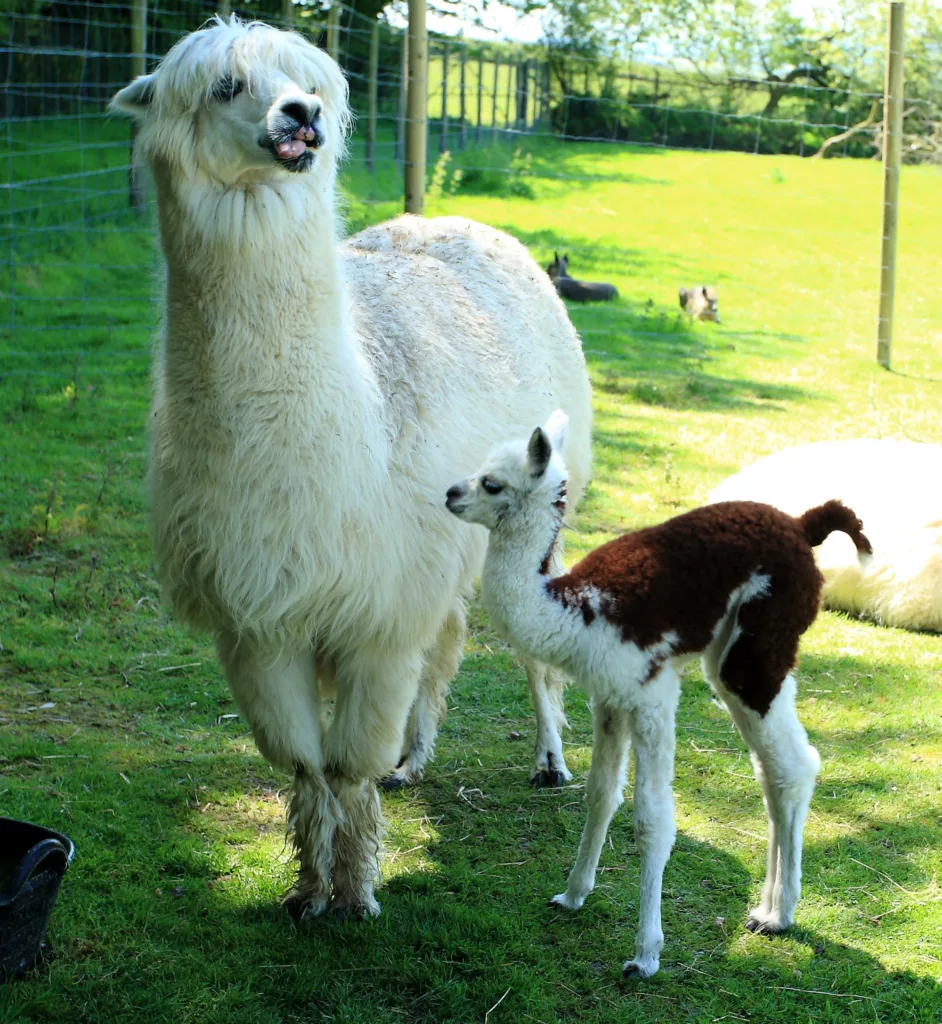
Alpaca
Scientific name: Vicugna pacos
IUCN listed as: Domestic
Learn before you visit!
Here are some facts about the species – Discover what they eat, find out about their natural habitat, see what they like to do, and more… Set the reading style to suit you too, everyday speak or something aimed towards children.
Child-friendly
Everyday
Diet
Alpacas are herbivorous animals that primarily graze on grasses and browse on vegetation. They have a three-chambered stomach that allows them to efficiently digest fibrous plant material. Alpacas also enjoy eating hay, grains, and sometimes supplements like vitamins and minerals to ensure they receive proper nutrition.
Alpacas are plant-eating animals that love to munch on grass and other plants they find. They have a special tummy that helps them digest their food really well. Sometimes they eat hay, grains, and even take vitamins to stay healthy.
Breeding
Alpacas typically breed once a year, with births usually occurring in the spring or early summer. Pregnancy lasts around 11 months, and most alpacas give birth to a single cria (baby alpaca). The crias are usually up and standing within an hour of birth and start nursing shortly after. Alpacas are known for their gentle nature and attentive care of their young.
When alpacas have babies, they usually have one at a time in the spring or early summer. Baby alpacas can stand up and walk within an hour of being born! They start drinking milk from their mums soon after they’re born and are well looked after.
Habitat
Alpacas originated from the Andes mountains in South America and are adapted to high-altitude environments. They prefer cool, dry climates with access to fresh water and grazing pastures. Their thick fleece protects them from cold temperatures and provides insulation against harsh weather conditions.
Alpacas originally come from the Andes mountains in South America and like living in cool, dry places. They need water and grassy fields to stay healthy. Their fluffy fur keeps them warm even in cold weather.
At the zoo
In zoos, alpacas are often part of educational exhibits showcasing domesticated animals and their role in agriculture. They are housed in spacious enclosures that mimic their natural grassland habitat and are fed a diet similar to their diet on farms. Visitors can learn about their wool production, behaviour, and interaction with humans.
In zoos, alpacas are like farm animals you can learn about. They live in big places that look like their grassy homes and eat similar food to what they’d find on a farm. You can see how their wool is used and how they behave.
Behaviour
Alpacas are social animals that live in herds, which helps protect them from predators. They communicate through various vocalisations, body language, and gentle humming sounds. Alpacas are curious and intelligent, often investigating their surroundings with their large, expressive eyes. They are gentle-natured and can form strong bonds with humans and other alpacas.
Alpacas are friendly animals that live in groups with their friends. They talk to each other with different sounds and body movements. Alpacas are smart and like to explore their surroundings with their big, curious eyes. They can also be friends with people and other alpacas.
Fun facts
- Woolly Wonders: Alpacas produce soft, luxurious wool that is highly prized for its warmth and hypoallergenic qualities.
- Pronk Parade: They exhibit a playful behaviour called “pronking” where they leap into the air with all four legs off the ground.
- Green Grazers: Alpacas are efficient grazers, eating only the top parts of grass without pulling up the roots.
- Fibre Varieties: Their fleece comes in more than 22 natural colours, from white and brown to grey and black.
- Guardianship Role: Alpacas are sometimes used as guard animals for livestock such as sheep, protecting them from predators like foxes.
- Super Soft Wool: Alpacas make the softest wool that people use to make warm clothes.
- Jumping Fun: Sometimes alpacas jump in the air for fun—it looks like they’re dancing!
- Grass Experts: They eat grass without pulling it up by the roots, so the grass keeps growing.
- Colourful Coats: Alpacas have lots of different fur colours, like white, brown, grey, and black.
- Protective Pals: Some alpacas protect other animals like sheep from animals that might want to eat them.
More animals to discover at our zoo
Quick Links
Tickets & Prices
You can buy tickets for Exmoor Zoo securely online, as well as finding out more price options, discover offers, and more…
What’s on…
Exmoor Zoo hosts incredible Events all through the year. You can find out about what we’ve got in store here…
Routes & info
Like any great discovery, Exmoor Zoo can feel a little off the beaten path – but don’t worry – you can plan your journey with our recommended routes and other useful travel info.
